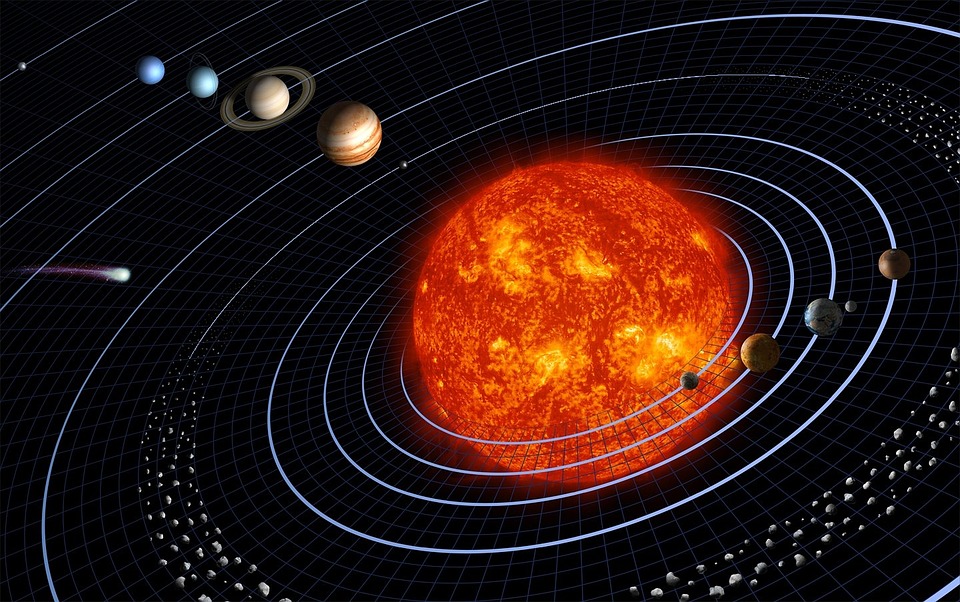Aurora Borealis, or the Northern Lights, is a natural phenomena that is observable at the North and South poles. Named by Galileo and meaning “Dawn of the North”, Aurora Borealis is a visualization of the reaction between electrons from the Sun and our atmosphere. Due to our magnetosphere, most of the electrons are rejected, but some get through at the magnetospheres weakest points (the North and South poles). Once they are through the magnetosphere, the electrons begin reacting with the nitrogen and oxygen in the Earth’s atmosphere, where energy is transferred to the gasses atoms. After this transfer, the gas atoms discard the extra energy in the form of photons, creating a brilliant display of colorful light. Oxygen and Nitrogen react differently, and since they’re at different levels of the atmosphere, it becomes easy to determine where the reaction takes place. For example, when the electrons interact with oxygen, which is located in the first 150 miles of the atmosphere, the lights are more yellow. Beyond 150 miles, the color is more red, and below the 60 mile mark, which is the location of nitrogen in the atmosphere, the lights appear more blue.
The Northern Lights are a phenomena which have puzzled ancient civilizations and were mentioned numerous times throughout Norse folklore. The vikings were under the impression that the lights were the bridge to Asgard, some thought they were reflections from the shields of the Valkyrie, and in Finland they were thought to be the result of a battle between the Archangel Michael and Beelzebub. Due to the almost ethereal nature of the lights it becomes easy to determine how ancient civilizations, incapable of advanced astronomical research, were able to comes to the conclusions they did. Even now, with a scientific understanding of their origins, the Aurora Borealis remain one of the Earth’s most beautiful and fascinating natural occurrences.






